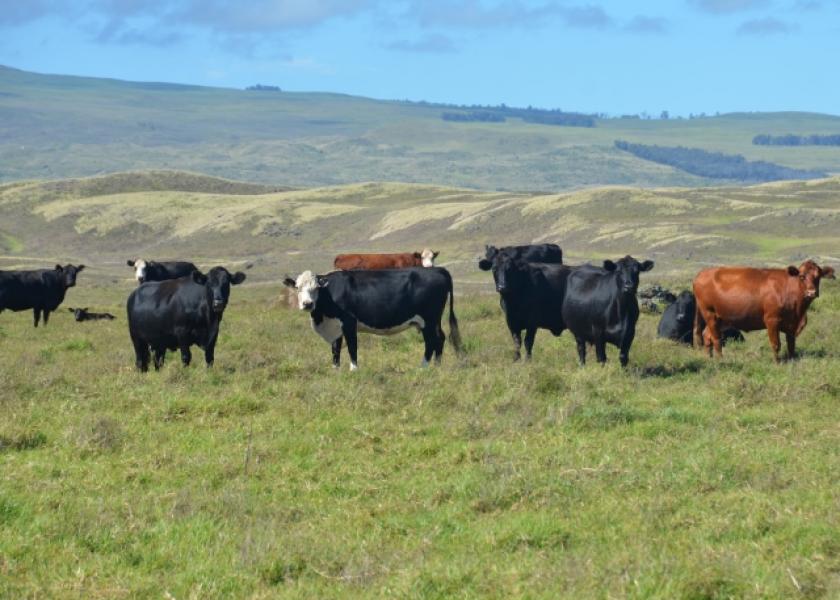Genomics for the Commercial Cow Herd

Genomics have long been on the radar of seedstock producers, but Dr. Troy Rowan from the University of Tennessee emphasized that the technology has many important implications for commercial producers during his talk, “Why Should Commercial Cattlemen Be Interested in Genomics,” at the 2023 BIF Symposium in Calgary, Alberta, Canada.
Reducing Risk in Bull Buying
Rowan said that the most essential function of genomics in the commercial herd is, “Making sure that we make the right selection decision more often than not.” He emphasized, "The bull purchase is one of the riskiest decisions a commercial producer makes.”

Without selection tools such as EPDs (expected progeny differences), it is difficult to know what genetic potential producers are investing in. “This can cause major issues multiple generations into the future when we choose the wrong animal.”
Rowan emphasized that genomic-enhanced EPDs serve two primary purposes. “First, they help us avoid trainwrecks, and second, they help us make the correct selection decision more often. EPDs have done this for decades, and genomic-enhanced EPDs are just more accurate versions, particularly for the young, unproven bulls that commercial producers purchase,” he explained. “Genomics helps to improve EPD accuracies because they are better able to resolve the actual genomic relationships between animals.”
Traditionally, these accuracy increases would have had to come from progeny entering a genetic evaluation. Rowan emphasized that commercial producers do not have the benefit of purchasing bulls with multiple years of progeny information. This increase in confidence in EPDs means that commercial producers can be more confident that the bull they purchase is what its EPDs say.
He added, "Regardless of whether genomics increase or decrease an EPD, the GE-EPD is always better than an unenhanced EPD because it is closer to the animal’s true genetic merit.”
Genomics for the Commercial Herd
Beyond the bull purchase, Rowan discussed several ways that genomics is used in commercial herds. “Just like they help improve the accuracy of bull selection, genomics can help us select heifers in commercial herds,” Rowan said.
He added that commercial genomic tests do not generate the same accuracy as GE-EPDs in an actual genetic evaluation. Rowan broke commercial genomic tests into three classes: 1) Genetic evaluations with commercial options, 2) Breed-specific genomic tests, and 3) Multi-breed genomic tests.
“It is essential that training population for commercial tests are representative of the population being tested,” Rowan said. “When the training population is not representative of the tested animals, accuracies can be very low.”
Rowan pointed to multiple research sources showing that genomic tests are predictive in commercial populations. Still, he emphasized that they do not predict phenotypes of replacement animals, and the returns on investment remain unclear.
“Another exciting application of commercial genomics is in marketing feeder cattle,” Rowan said. “We can use genomic tests to help select our heifers and leverage that information to market our feeder calves.”
Rowan pointed to multiple added-value programs that compensate producers for genetic selection decisions with the end product in mind. “Feeders and packers will pay for information about an animal’s genetic potential,” Rowan said. “Genomic tests allow them to make more informed buying decisions, and genomics-verified programs can help commercial operations capture additional value for the end-product potential of their calf crop.”
Rowan’s presentation underlined the role that genomics plays in all aspects of the commercial beef herd. Genomics are essential tools for reducing risk when purchasing bulls, and new technologies show promise for informing replacement heifer selection decisions and helping to market feeder calves.
To watch Rowan’s full presentation, visit https://youtu.be/dJdhlhX3pYM. For more information about this year’s Symposium and the Beef Improvement Federation, including additional presentations and award winners, visit BIFSymposium.com.







